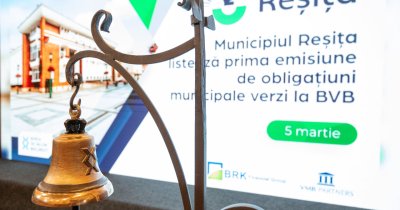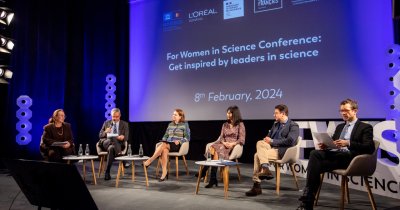As a global company focused on delivering smarter technology for all, Motorola has raised awareness and taken action towards our continued commitment to the indigenous languages revitalization project, first introduced in early 2021.
Recently, as part of UNESCO High-level Celebration of the International Decade of Indigenous Languages, Motorola announced the next phase of the project focused on native languages from India, which will arrive in the coming months.
Together with the Lenovo Foundation, we are also proud to be partnering with UNESCO to conduct further research on the impact and potential of digitizing endangered indigenous languages.
Motorola President and Lenovo Vice President Sergio Buniac, along with Lenovo Foundation and Motorola Globalization representatives were part of the Paris event that brought together high level representatives of UNESCO Member States, Indigenous leaders, the UN system, civil society national research organizations and representatives from the public and private sectors.
These stakeholders were convened in Paris to discuss how to integrate and preserve indigenous languages around the world and how they could cooperate towards a more inclusive future.
"The idea for this project came from a problem identified by our Motorola Globalization Team, which noticed that the indigenous languages had no representation in digitized form in technology that could aid in the preservation of not only the language but also the traditions, culture and history," says Sergio Buniac, Motorola Global President. We hope that this initiative raises awareness towards language revitalization, not only by impacting the communities, but paving the way for more endangered indigenous languages to be added to other smartphones.
As new generations of indigenous people increase their literacy and use of technology, it is crucial that they be able to use their native language in new, digital formats to avoid the endangerment and loss of language.
To help preserve our human heritage, the unique histories of indigenous cultures and empower the next generation, Motorola has been working in partnership with Lenovo Foundation to integrate languages into its smartphones. Kaingang (spoken in Southern Brazil), Nheengatu (spoken in the Amazon), and Cherokee (spoken in the United States) are already part of the more than 80 languages Motorola offers in its mobile interface.
With this initiative, Motorola became the first mobile phone manufacturer to provide Cherokee citizens access to a fully localized mobile phone user interface and to fully support an indigenous language spoken in the Amazon.
Motorola has shared the characters, 360,000 translated words, and linguistic customizations on the Android platform so that other OEMs and companies can add the languages to their interfaces, paving the way for broader use and revitalization. As a start, Motorola's parent company Lenovo is exploring integration of the languages on its PCs.
As the project continues over the next decade, Motorola and Lenovo Foundation hope to increase awareness, bring action toward the survival of endangered languages, and empower future generations of indigenous communities to use technology in their native language.
 Oana Coșman
Oana Coșman












Any thoughts?